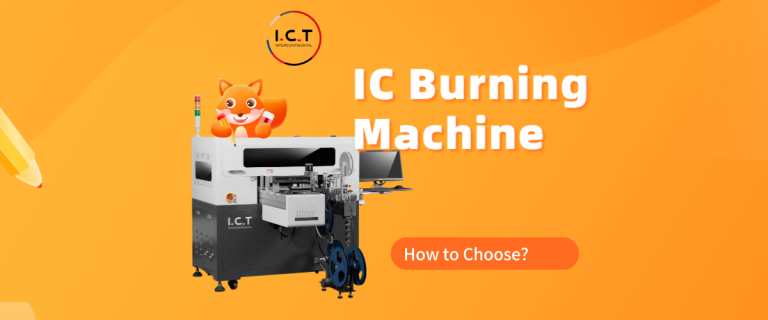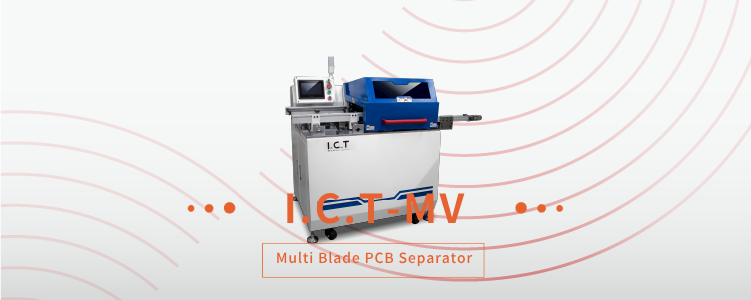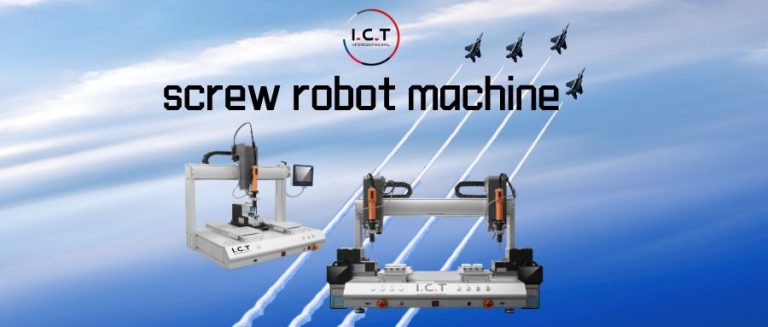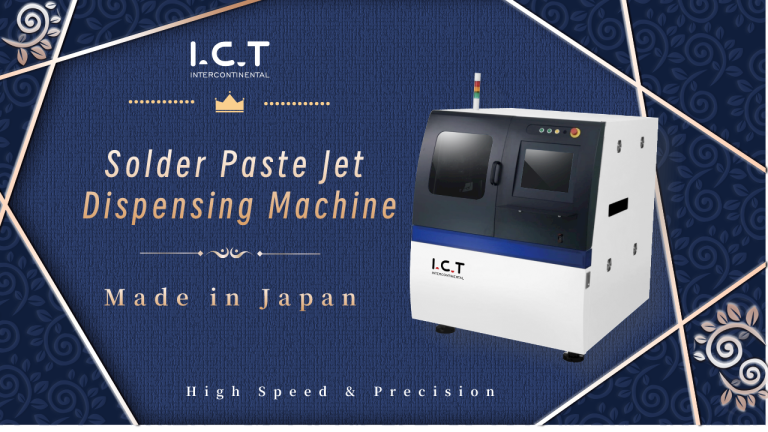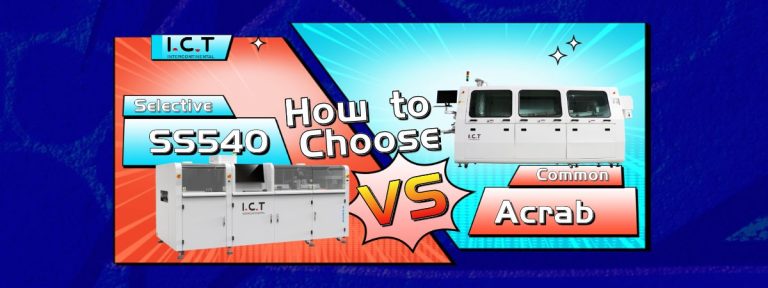What is the assembly line of a PCB?
What is the assembly line of a PCB?
The PCB assembly line, often referred to as the SMT (Surface Mount Technology) Line, is a sequence of automated processes for PCB manufacturing. It includes stencil printing machine, component pick and place machine, reflow soldering oven, inspection machine, testing machine, and PCB handling machine etc. This line ensures precise and efficient assembly of electronic components onto PCBs, integral in modern electronics manufacturing
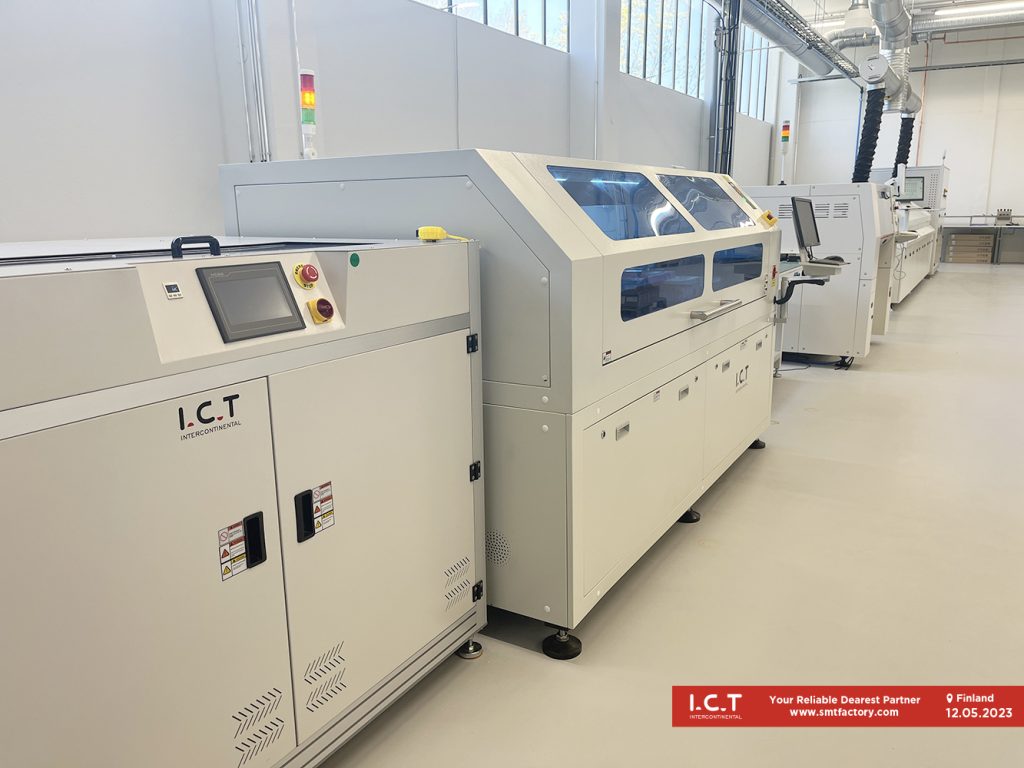
What is the machine used in PCB assmebly line?
In SMT Line, the primary machine used is the SMT (Surface Mount Technology) machine. It’s essential for precise component placement on PCBs. The SMT machine comes with features such as high precision and high speed, which enhances the efficiency and accuracy of PCB production. Additionally, it can handle various components, including those with small sizes and high pin counts. The SMT machine is also responsible for ensuring the correct component placement and reliable PCB assembly.
How many PCB assembly lines are there in the world?
The worldwide installed base of SMT lines continues to grow, reaching approximately 78,146 units in 2021. This increase is mainly attributed to the recovery of the electronics industry from the effects of the Coronavirus crisis, as well as the increasing demand for consumer electronics and automotive electronics.
Where should the SMT machine be positioned in a PCB assembly line?
I.C.T will customize the SMT line you need in accordance with your specific needs and PCBA situation. The entire line is generally included in order: PCB Loader, Solder Paste Printer, SPI, Linking Conveyor, Pick and Place Machine, Inspering Conveyor, Reflow Oven, COOLING Conveyor, AOI MACHINE, Unloader.
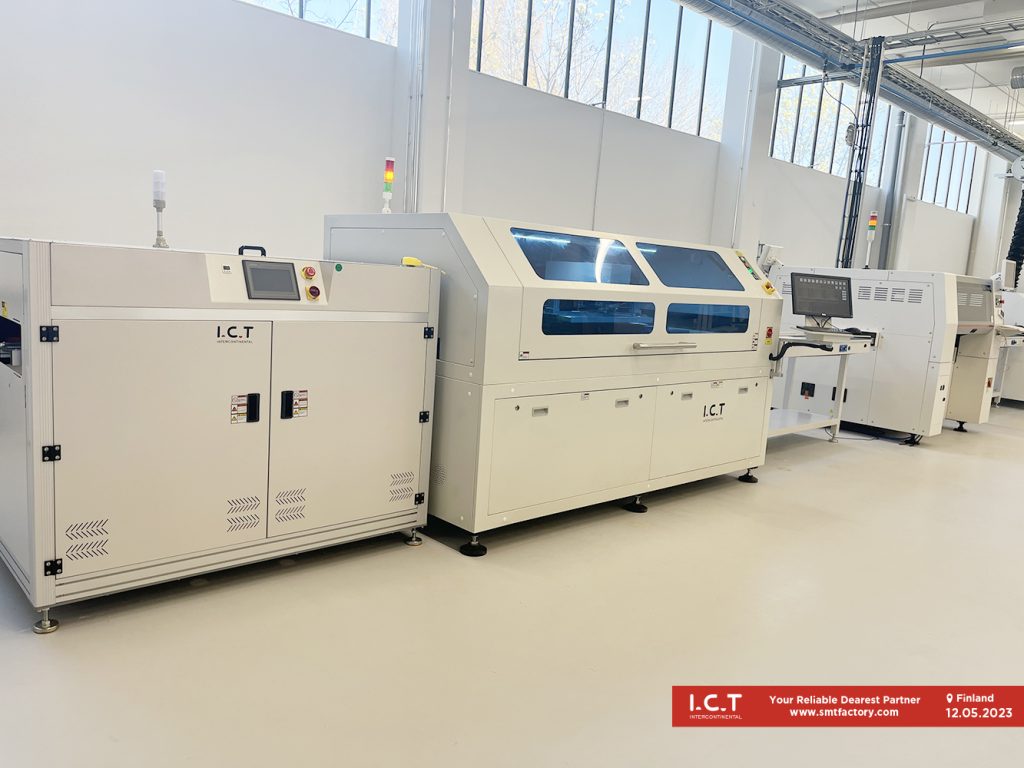
What is the PCB assembly process?
The PCB assembly process, or Printed Circuit Board assembly process, is a series of steps used to construct electronic circuits on a PCB. It involves several key stages:
- Design and Prototyping
The process begins with the design of the PCB layout using specialized software. A prototype may be created and tested to ensure functionality.
- Component Procurement
Components like resistors, capacitors, and integrated circuits are sourced from suppliers.
- Solder Paste Application
Solder paste is applied to the PCB using a stencil. This paste will hold the components in place during soldering.
- Pick and Place
Automated machines pick up components and precisely place them on the PCB based on the design.
- Reflow Soldering
The PCB is passed through a reflow oven, where the solder paste is melted, bonding the components to the board.
- Inspection and Testing
Visual and automated inspections check for defects, while functional tests ensure the PCB operates correctly.
- Cleaning
Residue from soldering is cleaned off the PCB to prevent future issues.
- Quality Control
A final check ensures all components are correctly placed and soldered.
- Packaging and Shipping
Finished PCBs are packaged for distribution to manufacturers of electronic devices.
This process ensures the creation of functional and reliable electronic circuits.
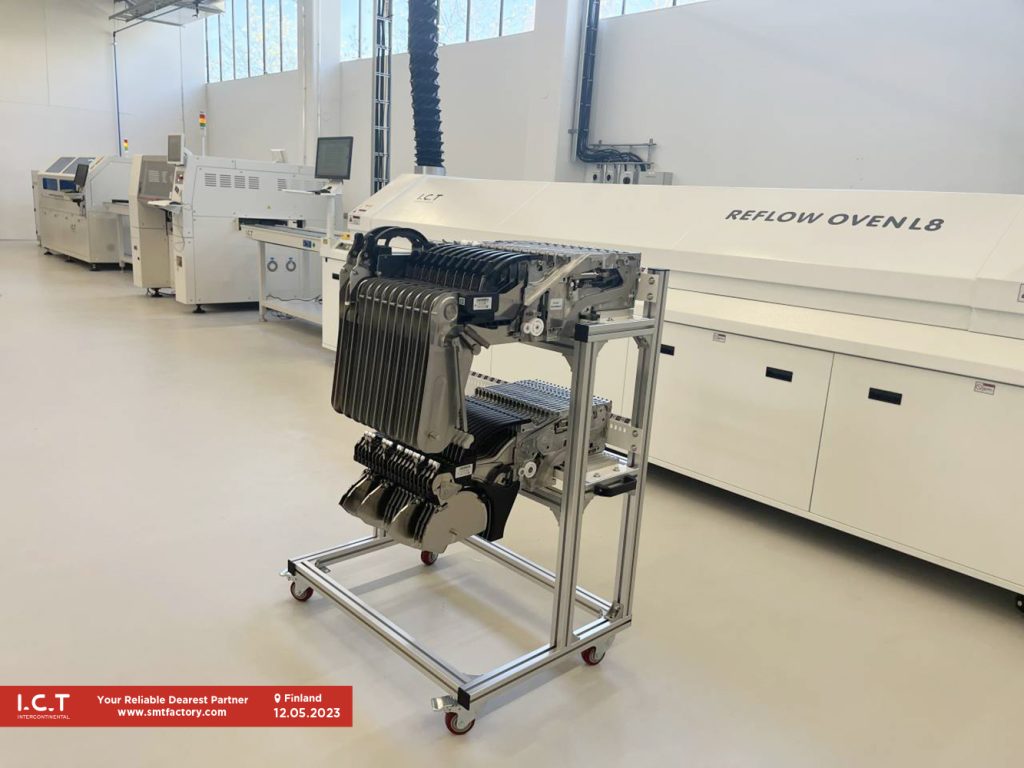
How much does a PCB assembly line cost?
The cost of a PCB assembly line can vary significantly depending on its complexity and capacity. A small-scale assembly line for basic PCBs might cost around $50,000 to $200,000. However, for larger, more advanced assembly lines with high automation and capabilities for complex PCBs, the cost can range from $500,000 to several million dollars. It’s crucial to consider factors like the equipment, technology, production volume, and facility requirements when estimating the cost of a PCB assembly line.
What are the lines in a PCB called?
The lines on a PCB are called “traces.” These traces are conductive pathways etched or printed onto the surface of the printed circuit board, and they serve to connect various components and facilitate the flow of electrical signals between them.
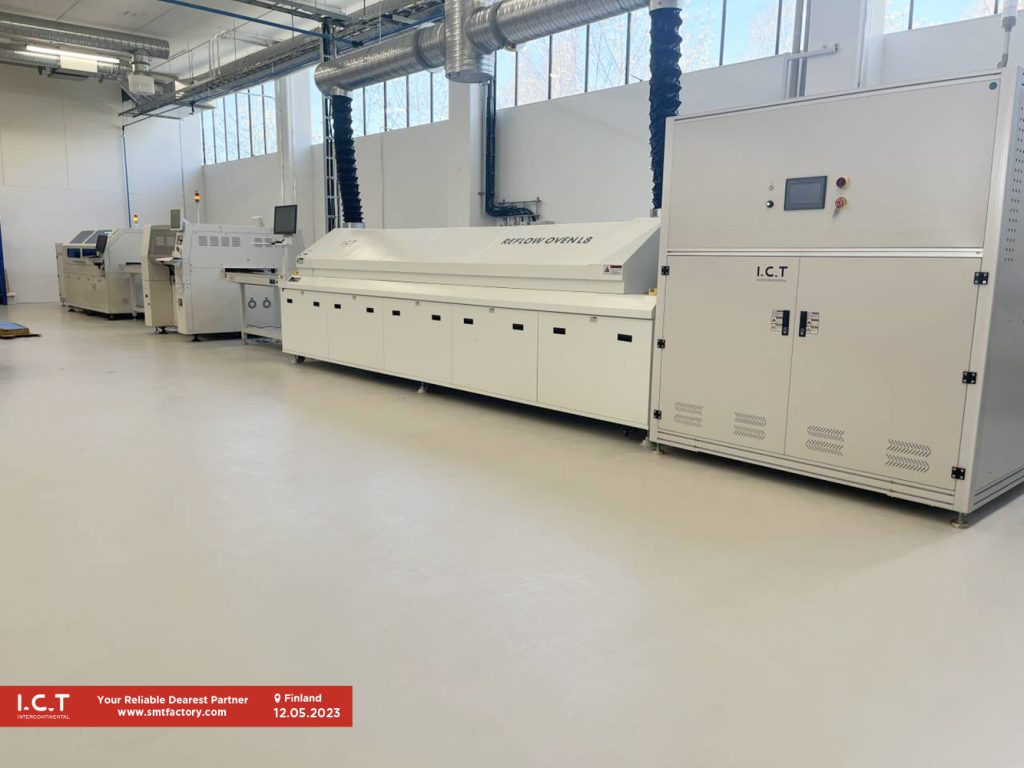
How much does a SMT line cost?
The cost of a Surface Mount Technology (SMT) assembly line can vary widely depending on factors such as its complexity, capacity, and the level of automation. A basic SMT line designed for small-scale production might cost around $100,000 to $500,000. However, a more advanced and high-capacity SMT line with cutting-edge equipment and automation features can range from $1 million to several million dollars. The cost is influenced by factors such as the number of placement machines, stencil printers, reflow ovens, and quality control equipment, as well as the specific requirements of the production process.
